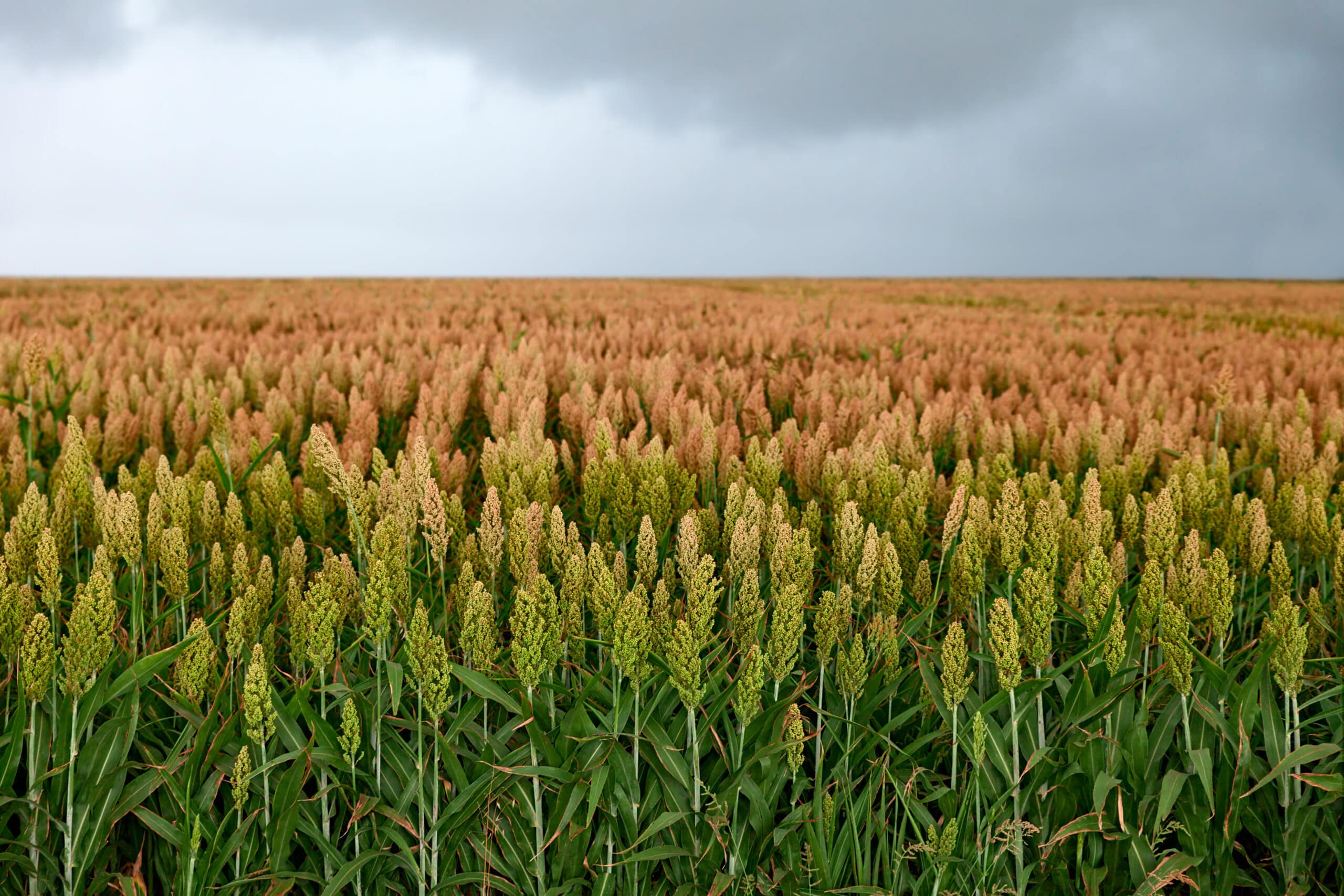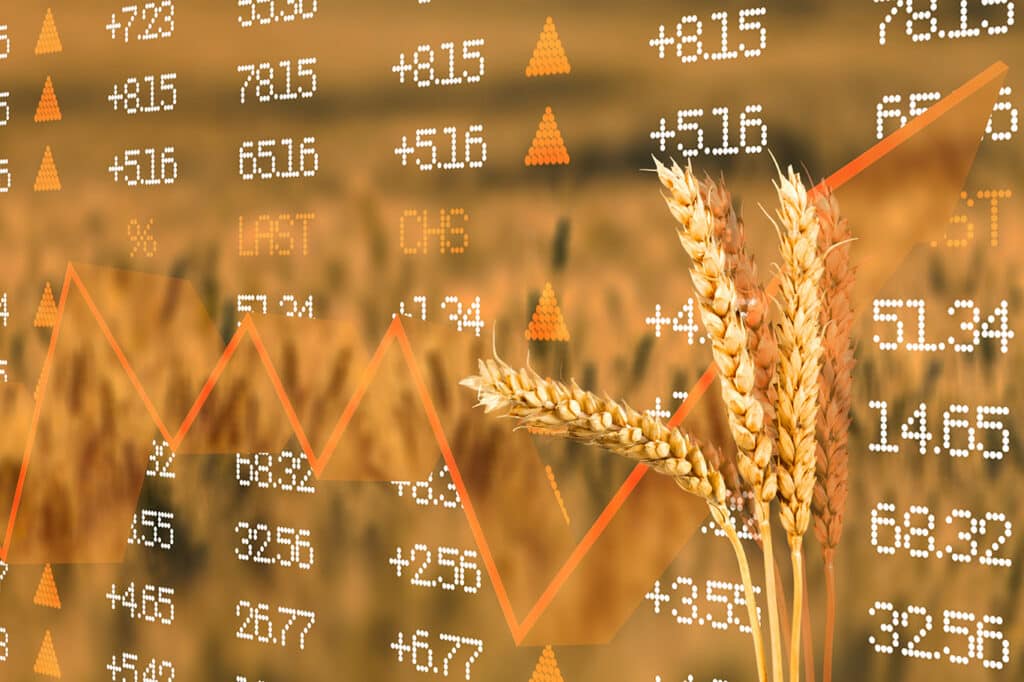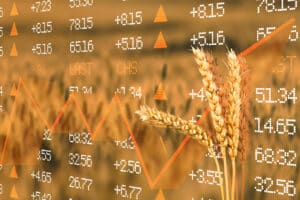Apr 11, 2024



The term “economics of soil health” explains the value of improving your soil health. This term can be frustrating for some growers. Farming is a business, and farming is done with the expectation to make a profit as with all other businesses – all to put food on the table for your family, too. Society is asking you to take on massive problems like global warming and feeding an ever-growing population. Is it possible to invest in the health of your soil and not lose money or, better yet actually turn a profit?
Though sustainability and revenue have felt at odds in the past, they don’t have to be anymore. There are ways to increase your soil health and experience higher yields with less frustration. To reap sustainable and financial rewards, growers need to be willing to make long-term investments.
Regenerative soil health systems rarely produce astounding results overnight.
The key is not to invest for a quick profit. Instead, think of your farm’s soil as a savings account and your soil investments as compounding interest. The first year you invest may not produce a noteworthy return. Over time, the returns become more significant. The same principle applies to economic benefits of soil health.
You can’t understand the economics of soil health without understanding soil health, and you can’t understand soil health without understanding the role of soil microbes.
Soil is an ecosystem made up of billions of living microbes. USDA defines soil health as, “the capacity of soil to function as a vital living ecosystem that sustains plants, animals, and humans.” Thus, a healthy soil has a thriving microbial population, good soil structure, and sustainable levels of organic matter.
Unhealthy soil can mean the organisms living within the microbiome have either died or gone dormant as a survival mechanism, due to starvation. Taking care of your soil and the microbes that live within it is imperative to your soil health, the future of your farm, and our planet’s survival.
The agriculture industry has experienced many changes in the way farms operate. Research shows practices like tilling, using large quantities of synthetic fertilizer, and burning do not generate sustainable, increased returns year over year.
These practices instead lead to soil degradation, unhealthy crops, and loss of income.
Research also suggests growers should use new technological advancements to support their long-term farm health and annual yields.
Today, forward-thinking growers restore soil quality by implementing:
These practices suggest growers should keep their soil covered as much as possible, disturb the soil as little as possible, and diversify crop rotations.
Yet, it can be hard for growers to lose immediate sales and to invest in new sustainable practices. Immediate returns often feel safer than long-term gains. This is likely why only 37% of growers practice no-till, and only 5% of growers use cover crops.
For higher yields and overall sustained soil health and soil quality, growers should consider pairing new technologies with conventional practices to generate better results. By adding a soil microbial food product, like PhycoTerra®, to your current fertilizer or other crop input, you can achieve higher returns on investments. Sustainable farm practices are profitable and a worthwhile investment over time, especially when it comes to investing in your soil health.
Soil economics start with the benefits provided to your farm and the environment. These benefits then translate into financial returns. The economics of soil suggests improving the soil’s biological, physical, and chemical properties for greater financial gains.
Healthy soil reduces erosion, run off, nutrient losses, greenhouse gas emissions, and spending on inflated costs of labor, fuel, machinery, and chemicals. By investing in soil health, you’ll save money you might otherwise spend reacting to big problems.
Healthy soil also improves water productivity and retention in the soil structure, making your crops more resilient, even in the worst droughts and floods. The Soil Health Institute interviewed 100 farmers in nine different states who adopted soil health systems, and 97% of these farmers found their soil health management system increased crop resilience to extreme weather.
By investing in your soil health, you won’t just be avoiding bigger biological problems, you’ll be preparing your farm for extreme weather and other abiotic stresses to continue to produce significant yields.
For additional case studies exploring sustainable agriculture practices on real farms, check out the research conducted by Farmland Information Center.
While saving money on various crop inputs and new technologies is a priority, avoiding soil compaction or erosion is also becoming more important for growers. But what about the return?
When growers adopt sustainable practices year after year, they see financial results. While the first year may not always show exponential returns, the second year compounds and builds upon the work you’ve done to take care of your soil both years.
The best way to increase your return on investment, as well as support your soil health is to feed your soil microbes a balanced, nutrient-rich meal like PhycoTerra®, to wake them up and put them to work for you.
About 75% of soil microbes are starving and dormant. When properly fed, they help unlock nutrients through mineralization, by transforming them into a form that can be easily uptake and used by the crop. Well-fed soil microbes increase NPK availability, increase water holding capacity, and boost crop yield and ROI – all while also supporting your soil health and soil quality.
Growers who invest in a carbon-rich food for their soil microbes save money in reduced operational cost. They also get more out of their fertilizer investment with active, fed microbes that are able to mineralize nutrients – making them more available to the crop.
Healthy soil can translate to healthy financial returns with innovations, such as PhycoTerra®.
PhycoTerra® conducted a two-year study on two farms testing how almond farmers who invested in their soil could generate a higher yield year over year.
The trial took place in Atwood and Sutter, California. The almond farmers fed their fungi and bacteria with PhycoTerra®, a total of 3 quarts per acre along with fertilizer applications, such as CAN17 or UAN 32, throughout the growing season. Feedings took place from March to September.
The Sutter farm with nonpareil almonds realized a yield increase of 517 pounds per acre (vs. grower standard) in 2020. In 2021, despite extreme to exceptional drought conditions, the farm saw a yield increase of 861 pounds per acre compared to grower standard. Both years yielded a consistent 20:1 return on investment.
At the Atwater location, which has sandier soil, a yield increase of 297 pounds per acre (vs. grower standard) in 2020 was realized. Despite the extreme or exceptional drought in 2021, the farm saw a yield of 168 pounds per acre compared to grower standard. Both years yielded a consistent 4:1 return on investment with nonpareil almonds.
PhycoTerra® improves soil health by improving soil quality and structure by:
Feeding microbes a balanced, nutrient-rich meal creates yield opportunities each year, and is especially necessary in years of extreme drought or flooding conditions. Soil health management can improve yields, while helping to combat common abiotic stressors.

Other studies have found soil health systems increased net income for 85% of farmers growing corn and 88% of farmers growing soybeans. They experienced an increased average income by +$52 per acre on corn and +$45 per acre on soybean.
PhycoTerra® delivers consistent positive performance for various crop growers worldwide. Here are some of the returns on investments PhycoTerra® has produced.

Learn more about the positive results farmers have found using PhycoTerra® on commodity crops, specialty crops, and other permanent tree crops.
Growers may feel pulled in multiple directions when it comes to preserving their farm for future generations and feeding our growing population. Between extreme swings in weather, trying to run a profitable business with a sustainable bottom line, and the increasing pressure to combat climate change, growers need solutions to focus on rebuilding soil health.
We want to help. We’re on your side, and we know there’s a better way to achieve all the expectations put upon you. Soil health is an indicator of opportunity costs and the future of your farm.
We created PhycoTerra® to give farmers an economically-viable solution to improve current soil conditions and the chance to restore soil quality and soil health for future generations – all while delivering improved crop performance to support positive returns. There is a way to make the economics of soil health work for you.
Start investing in your farm, and your future crop yield with PhycoTerra® today.